California’s groundbreaking reparations bills mark a pivotal moment in the state’s efforts to remedy racial injustices. The package of 14 measures introduced by the Legislative Black Caucus aims to provide restitution for the immense harm inflicted upon Black Americans due to centuries of racist policies and systemic discrimination.
If passed, the bills would make California the first state to approve reparations for slavery and its enduring legacy. While the proposals do not include direct financial compensation, they take a comprehensive approach to redressing historical inequities across areas such as education, civil rights, and criminal justice reform.
Legislative Black Caucus Initiatives
The Legislative Black Caucus of the California State Legislature has proposed an ambitious package of 14 measures aimed at providing reparations for the historical injustices and systemic racism faced by Black Americans in the state. The wide-ranging proposals cover areas such as education, civil rights, criminal justice reform, and property rights.

A proposal authored by State Senator Steven Bradford seeks to remedy improper government seizure of property from Black owners through eminent domain practices that were based on race. The bill proposes returning such property to the original owners or their descendants or providing restitution or compensation where this is not possible.
Unique Focus on Restitution
California’s reparations package takes an innovative approach by emphasizing restitution and repair over direct cash payments. The measures aim to remedy harm against the Black community through education, health initiatives, criminal justice reform, and property restoration.

The bill introduced by Senator Steven Bradford seeks to restore property seized from Black Californians through eminent domain practices motivated by racism. According to Bradford, “Reparations mean restoring what was lost. When the government took people’s property because of the color of their skin, that was unjust.”
Constitutional Concerns
One of the measures in California’s newly introduced reparations package proposes providing state funding specifically aimed at benefiting “specific groups based on race, color, ethnicity, national origin, or marginalized genders, sexes, or sexual orientations.”
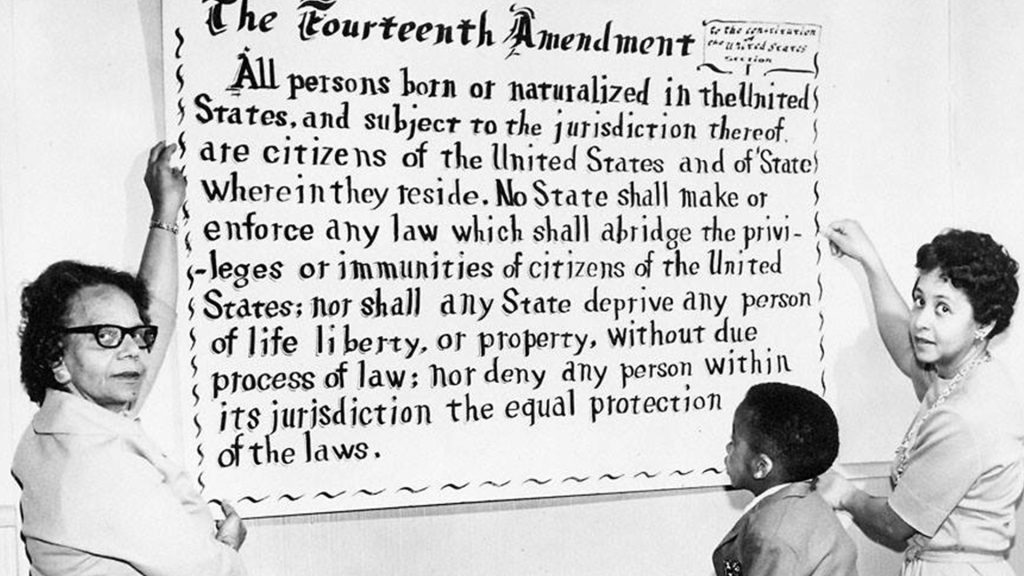
This proposal could face legal challenges on the grounds that it violates the Equal Protection Clause of the 14th Amendment. Past judicial decisions have found that while affirmative action programs aimed at promoting diversity and inclusion are constitutionally permissible, programs that allocate benefits to people based solely on race or ethnicity are not.
Financial Compensation Debate
The financial compensation aspect of the reparations package has been a source of controversy. While the bill includes provisions to restore property that was seized through racist eminent domain policies, it does not provide direct payments to descendants of slaves. Some argue this fails to address the generational harms of slavery and systemic racism fully.
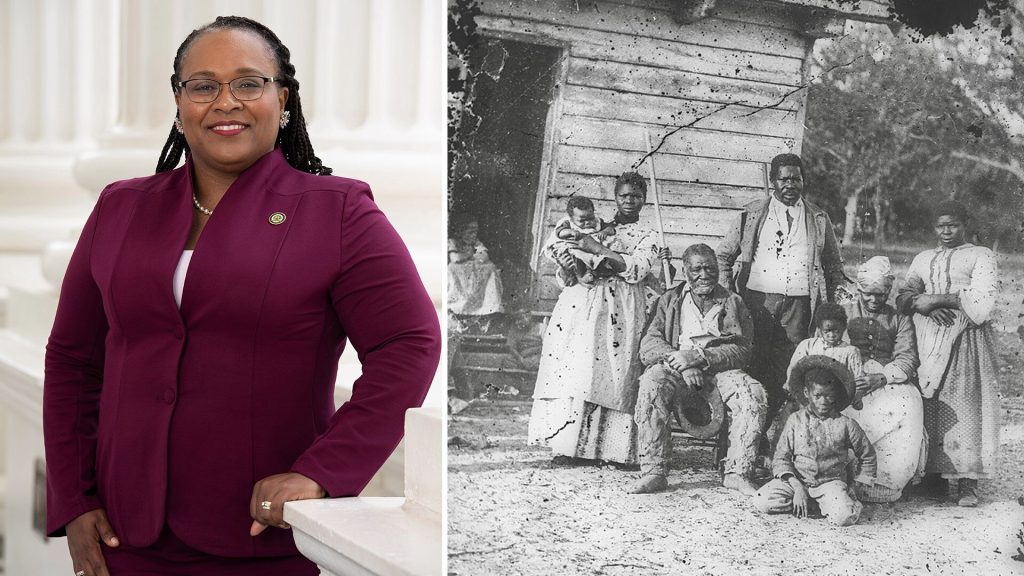
Assemblymember Lori Wilson, who chairs the Legislative Black Caucus, maintains that “the true meaning of reparations, to repair, involves much more than just cash payments. She believes a “comprehensive approach” is needed to remedy the legacy of slavery in a meaningful way. Opponents counter that without a financial component, the package risks being merely symbolic.
Monetary Relief Provision
California’s reparations package includes a provision that would provide financial compensation to victims of unlawful property seizures. Authored by State Senator Steven Bradford, the bill aims to “restore property taken during race-based uses of eminent domain to its original owners or provide another effective remedy where appropriate, such as restitution or compensation.”

The proposed legislation seeks to remedy past injustices involving the illegal confiscation of property from Black Americans. Eminent domain refers to the government’s authority to seize private property for public use, provided the owners receive just compensation. Historically, governments invoked eminent domain to forcibly displace minority communities and seize their land.
Potential Legal Hurdles
Lawmakers are anticipating difficulties in passing some measures and in educating colleagues and voters. Senator Steven Bradford’s bill restoring property seized under racist eminent domain policies seems most likely to spur legal disputes. Determining appropriate restitution or compensation in these complex historical cases will require extensive research and debate.
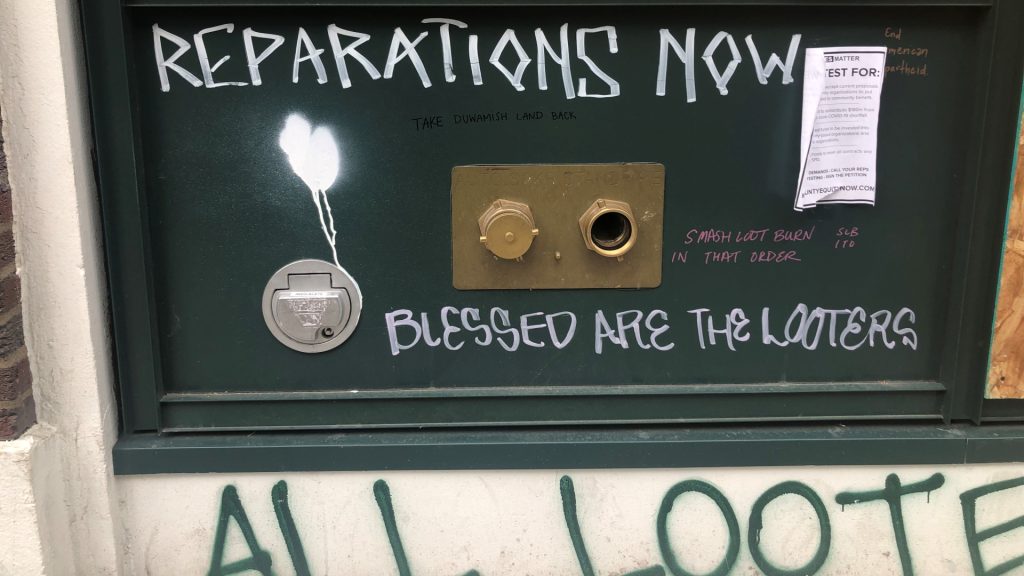
California is not the first to grapple with reparations. The federal government provided monetary payments to Native Americans in the mid-20th century but maintained control over the funds in trust accounts, believing tribes were “incompetent” to directly receive such large amounts.
History of Slavery in America
Slavery was introduced to the American colonies in 1619, when the first African slaves arrived in Jamestown, Virginia. The early 19th century saw the abolition movement gain strength in the North while the South became increasingly dependent on slave labor for cotton cultivation.
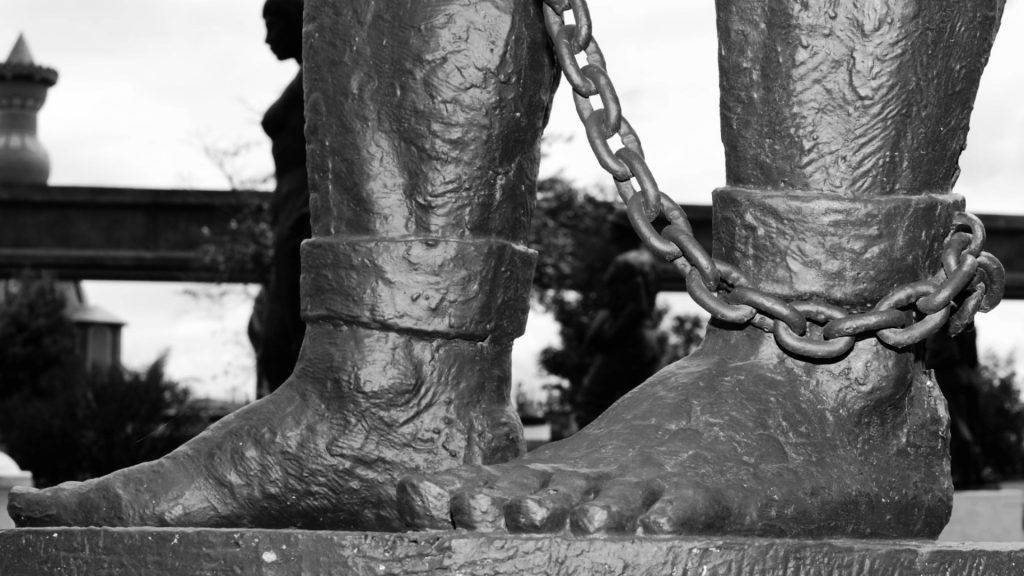
The 1850 Fugitive Slave Act made it illegal to harbor escaped slaves, while the Supreme Court’s Dred Scott decision denied citizenship to Africans and their descendants. By 1860, the nation was bitterly divided. The Civil War began in 1861 following the secession of South Carolina and other southern states. President Lincoln issued the Emancipation Proclamation in 1863, freeing all slaves in rebelling states.
Slavery Reparation Efforts in America
Black Americans have fought for generations to receive reparations for the atrocities of slavery and systemic racism. While the federal government has failed to provide comprehensive reparations, some states and local governments have taken matters into their own hands.

Other governments have provided reparations for historical injustices, though not always comprehensively. Native Americans received compensation for seized lands but lacked full control of the funds. Chicago compensated survivors of police torture with money and social services, including a memorial and curriculum on the history of abuse. Rosewood, Florida massacre survivors received payments, but the small amount did little to remedy the immense suffering.
Lessons Learnt from Past Reparation
In the past, America has implemented reparation programs to address historical injustices. Several lessons can be drawn from these efforts. First, reparations should aim to repair harm in a comprehensive manner. For the victims of police commander Jon Burge in Chicago, financial compensation was provided, but counseling services, a memorial, and education were also part of the reparations.
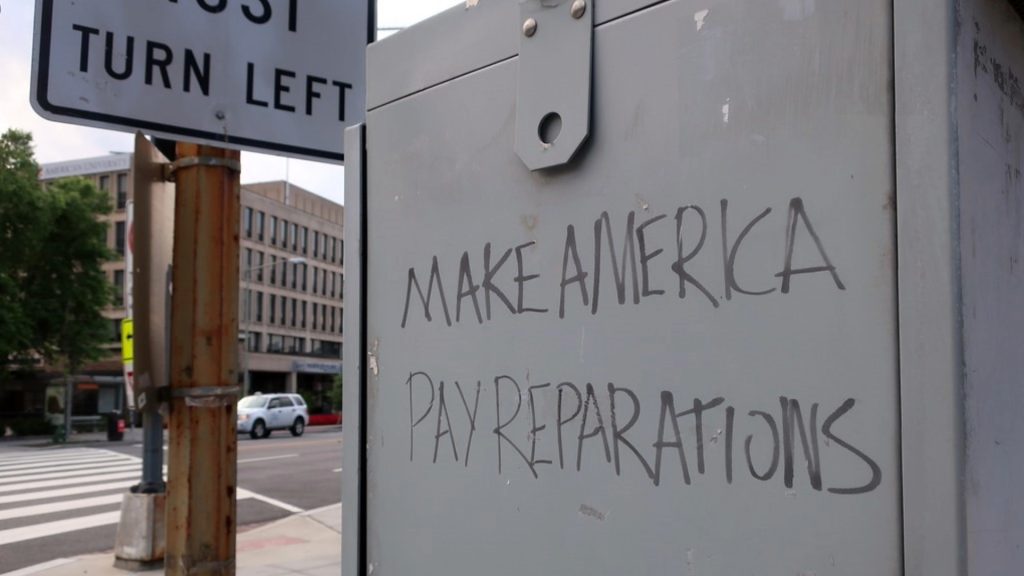
These additional measures were important for acknowledging the trauma and preventing future abuses. Second, the amount of compensation should be meaningful. With these lessons in mind, California lawmakers have an opportunity to design a reparations program that repairs the immense harms of slavery and systemic racism in a meaningful, ethical way.
California’s Efforts are a Step in The Right Direction
As California continues to pioneer programs aimed at correcting past injustices, the proposed reparations package would be the first of its kind at the state level. While passage faces many legislative hurdles, advocates hope California’s actions spur further discussion of compensation for historical discrimination nationwide.

Achieving consensus remains challenging, but the proposal signals a deepening public reckoning with the full impacts of racial inequity in America. For proponents, California again leads the way in moving this complex conversation forward.






